Penetration Testing 101: What You Need to Know About Pen Testing

Iran’s uranium enrichment facilities were some of the most high-security buildings in the world. Not just with physical checkpoints and guards, but with air-gapped digital defenses. All of that security became moot in 2010 when Stuxnet devastated the facility.
What is a SOC? (and Why it Matters for Cyber Security)

A Security Operations Center (SOC) is a centralized unit responsible for monitoring, detecting, analyzing, and responding to security incidents within an organization’s IT infrastructure. The primary objective of a SOC is to safeguard the confidentiality, integrity, and availability of an organization’s critical data.
Why Compliance Monitoring Is Critical for Your Business: Benefits and Best Practices
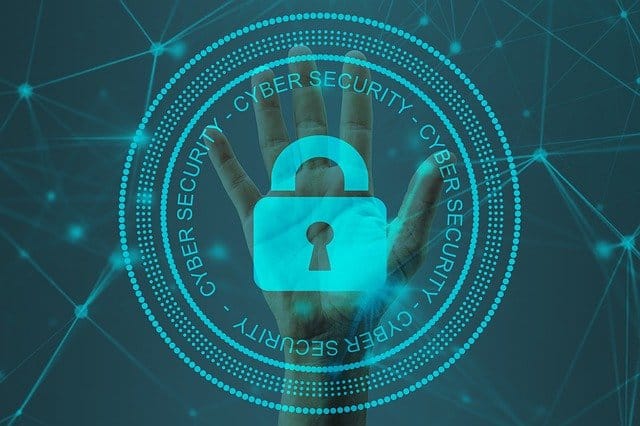
As regulatory requirements continue to evolve and data breaches become more common, businesses are under increasing pressure to maintain compliance with industry standards. Compliance monitoring is a crucial aspect of this process, enabling organizations to identify and address potential risks before they lead to costly violations or incidents.
How to Create an Robust BYOD Policy for Your Organization

Did you know that 70% of organizations have adopted a Bring Your Own Device (BYOD) policy? As technology continues to evolve, more companies are encouraging employees to use their personal devices for work purposes. While this can increase flexibility and productivity, it also poses unique challenges in terms of security and compliance. In this article, we’ll […]
The CIOs Guide to Preventing Ransomware Attacks
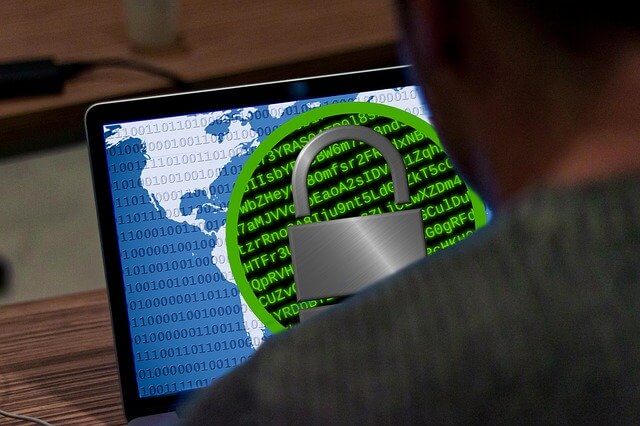
Ransomware attacks are one of the biggest threats that CIOs and their teams face today. The impact of a ransomware attack can be daunting, crippling business operations and causing significant financial losses.
How to Pick a Managed Security Service Provider: What You Need to Know

Finding the right security tools for your needs requires knowing who can offer them. Here is a guide on how to pick a managed security service provider.
How Vulnerability Scanning Can Keep Your Business Safe and Secure
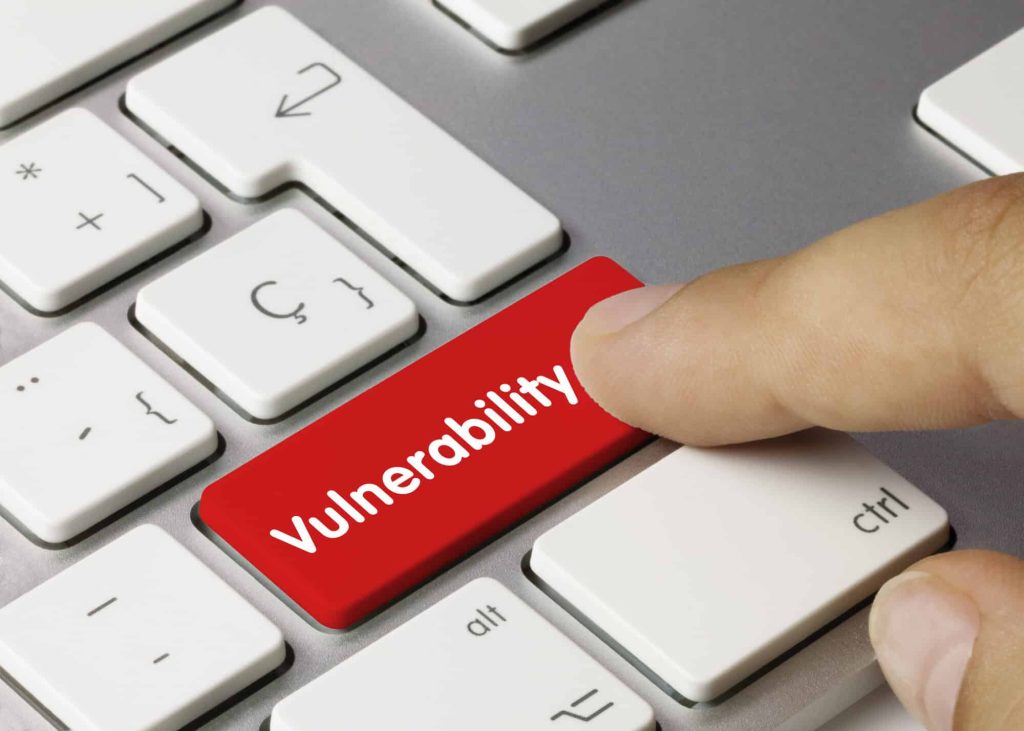
Vulnerability scanning doesn’t just alert you to your network’s weaknesses. Here’s how it can help identify various threats, prevent attacks and mitigate risk.
How to Scale Your Security Services with an MSSP Program
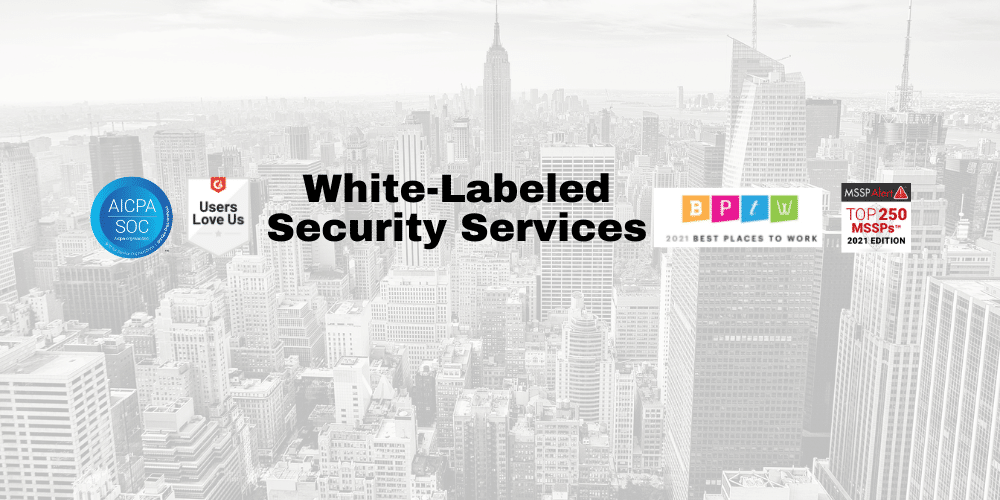
With the ever-increasing threat management complexity of cyber threats, Managed Service Providers (MSPs) are turning to MSSP programs to help them scale their security services and provide better protection for their clients.
The Benefits of Managed Security Services and a 24/7 SOC
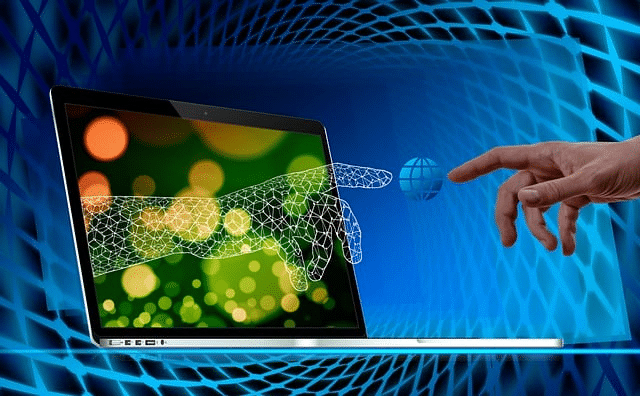
The security of your enterprise is more important than ever. With the rise in cyber threats, it’s essential to have the right tools and strategies in place to protect your business from malicious attacks. One of the most effective ways to ensure maximum protection is by leveraging managed security services and a 24/7 security operations center. Let’s break down why this approach can be so beneficial.
What Can Managed Detection and Response (MDR) Do for Businesses

Businesses should make cyber security a top priority. Learn what managed detection and response (MDR) can do for your business.

